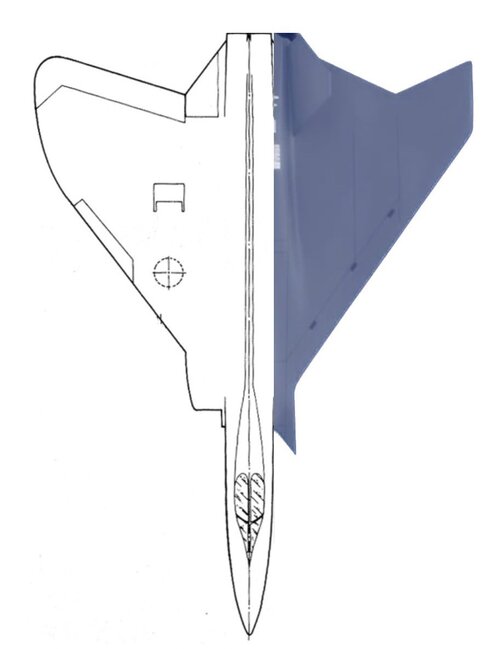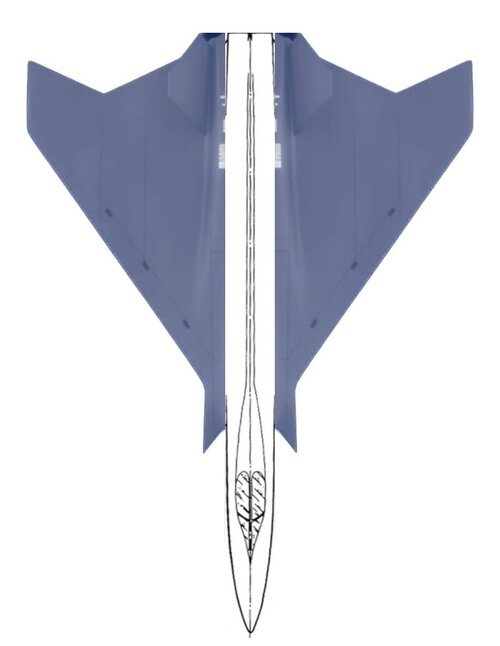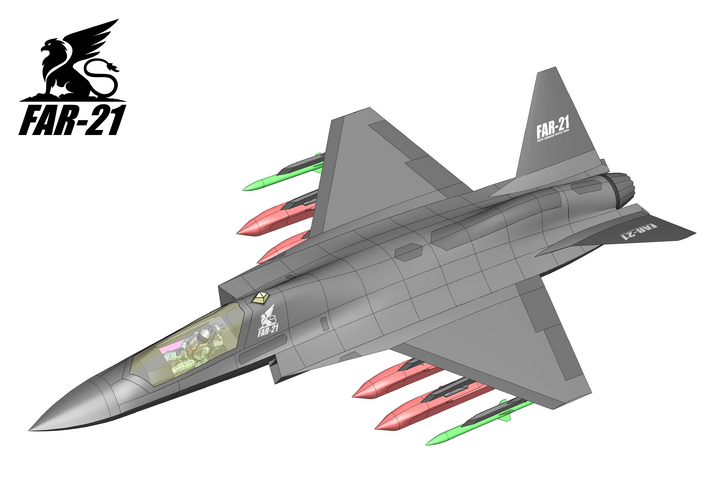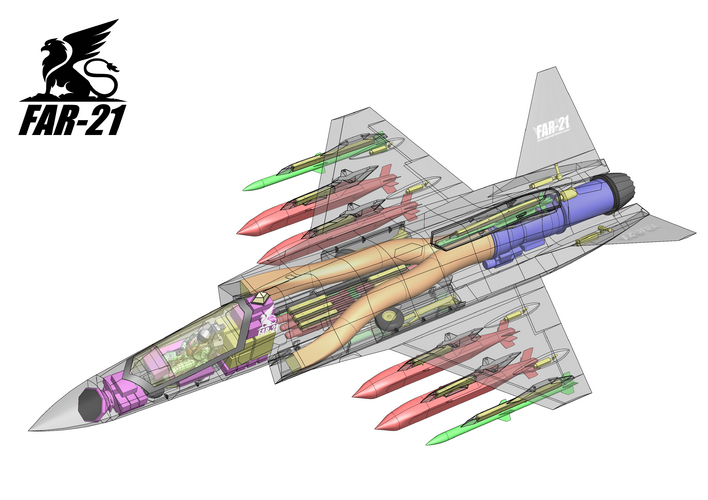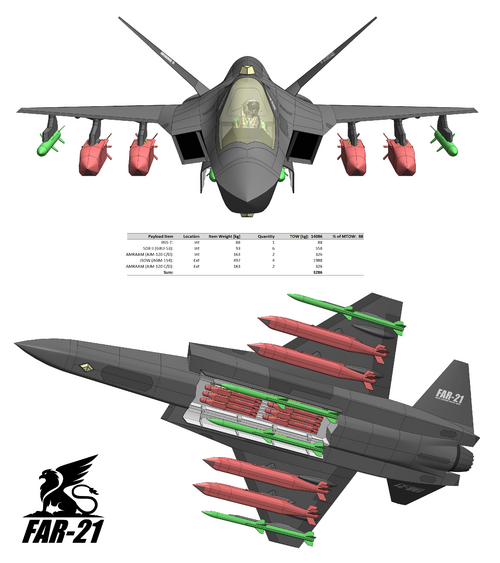Having said that, one could ask the question: Is there a market for FAR-21?
This is the crux of the issue. Here’s a quick market analysis.
There are three types of countries out there:
A. ~60 large countries with GDP >$100 billion. These can all afford modern fighters, even the smallest like Slovakia, Bulgaria, Morocco, Oman etc. The smaller countries can’t afford two-tier fleets and the big countries are unlikely to want a lower performance Tier 2 fighter so it’s not a great fit.
B. ~100 tiny countries with GDP <$30 billion. These can’t really afford new jets of any kind, even the largest like Iceland, Bosnia, Zimbabwe, Haiti, Lebanon, Mali, Gabon etc. They tend to rely on mercenaries, very small numbers of old hand-me downs, or repurposed trainers.
C. 50 countries in the « middle of the market », with GDP between ~$30 and $100 billion. These can afford small numbers of jets, and might be interested in a new high performance lightweight fighter, rather than used jets. This includes countries like Croatia, Serbia, the 3 Baltic states, large sub-Saharan countries (Kenya, Tanzania, Cameroon, Ghana etc), most of Central/Latin America (Guatemala, Panama, Uruguay, Bolivia etc), and a handful of small Middle Eastern and Asian counties (Jordan, Tunisia, Libya, Cambodia, Myanmar etc).
Group A (the core fast jet market) represents 95% of world GDP. Group B (the countries too small to afford a combat air capability) represent 1% of world GDP.
That leaves a market opportunity (Group C) of roughly 4-5% of world GDP for this lightweight fighter… not great. Maybe the solution would be to design an unmanned variant as a “loyal wingman” for the Group A countries, but not sure the design would be affordable enough for that role.



